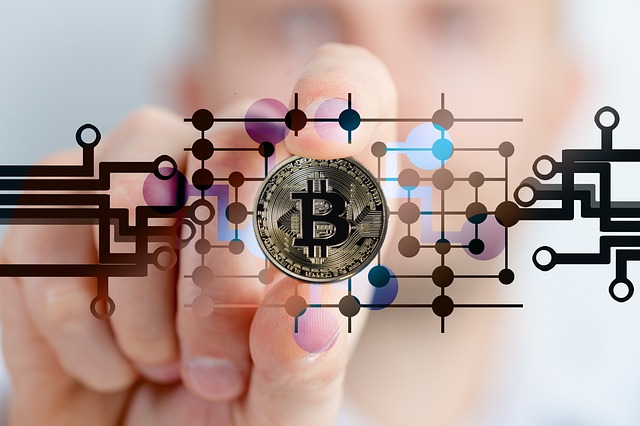The concept of the metaverse, a collective virtual shared space created by the convergence of virtually enhanced physical and digital reality, is becoming increasingly intertwined with the realm of cryptocurrencies, particularly Bitcoin. As the metaverse gains traction, its integration has the potential to significantly impact Bitcoin prices, either by increasing demand or introducing new complexities. This exploration delves into how the burgeoning metaverse might influence Bitcoin’s value and market dynamics.
1. Increased Demand for Bitcoin in Virtual Transactions
- Currency of the Metaverse: As the metaverse expands, the need for a universal, secure, and decentralized currency becomes more pronounced. Bitcoin, with its widespread recognition and relative stability compared to newer cryptocurrencies, is well-positioned to serve as a common currency for transactions within different metaverse platforms.
- Boost in Transaction Volume: If Bitcoin becomes widely accepted across various metaverse platforms for purchasing virtual goods, real estate, or services, there could be a significant increase in transaction volume. This increased usage boosts Bitcoin’s liquidity and potentially its price.
2. Bitcoin as a Store of Value in the Metaverse
- Digital Gold: Just as Bitcoin is considered ‘digital gold’ due to its value storage capability, in the metaverse, it could play a similar role. Users may choose to hold Bitcoin to preserve wealth within the digital realm, especially in response to the volatile nature of many digital assets and currencies used in these virtual environments.
- Safe Haven Asset: In times of uncertainty or when the virtual economies of the metaverse face instability, Bitcoin could be perceived as a safer investment compared to newer and less tested metaverse tokens, mirroring its role in the physical world.
3. Speculation and Investment
- Speculative Growth: As the metaverse sector grows, speculative investments in Bitcoin could increase, driven by expectations that its role within the metaverse will expand. This speculation can lead to rapid price increases but also adds volatility.
- Institutional Interest: If the metaverse proves to be a durable and economically significant area, more institutional investors might consider Bitcoin as a viable investment to gain exposure to the metaverse sector. Increased institutional demand can lead to higher price levels.
4. Technological Enhancements and Scaling
- Scaling Solutions: For Bitcoin to serve effectively as a metaverse currency, scaling solutions that allow faster transactions and lower fees become crucial. Developments like the Lightning Network could play a pivotal role in making Bitcoin transactions feasible on a metaverse-wide scale.
- Smart Contracts: While Bitcoin traditionally lacks the complex smart contract capabilities of other cryptocurrencies like Ethereum, advancements in this area could enhance its functionality, making it more integral to the metaverse’s operations.
5. Regulatory and Security Challenges
- Regulatory Scrutiny: As Bitcoin becomes more entrenched in the metaverse, it may face increased regulatory scrutiny, particularly related to anti-money laundering (AML) and know-your-customer (KYC) regulations within virtual worlds.
- Security Concerns: The integration of Bitcoin into the metaverse also brings challenges in ensuring the security of transactions and holdings within these digital environments, potentially impacting its price negatively if significant security breaches occur.
Conclusion
The integration of Bitcoin into the metaverse represents a frontier with both vast opportunities and notable challenges. As the metaverse continues to evolve, its impact on Bitcoin prices will likely be influenced by a variety of factors including user adoption, technological advancements, speculative interest, and regulatory developments. Stakeholders in both the cryptocurrency and metaverse realms should continue to monitor these trends closely, as they will play a critical role in shaping the financial landscapes of both the virtual and physical worlds.


